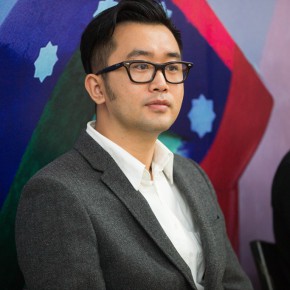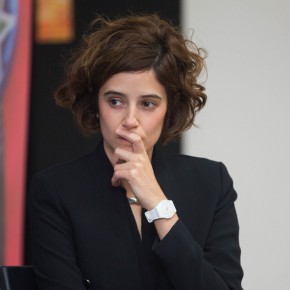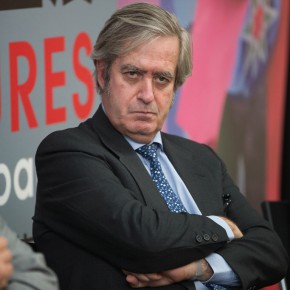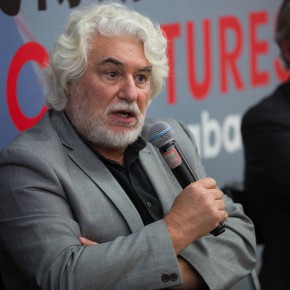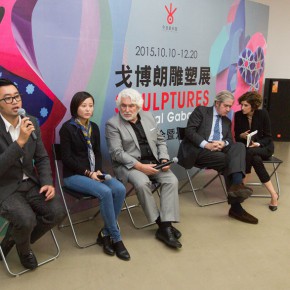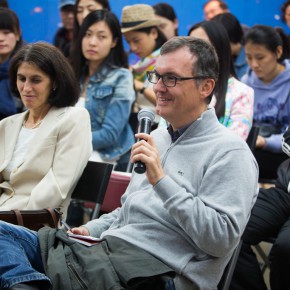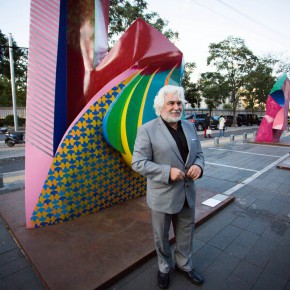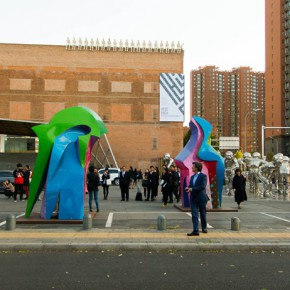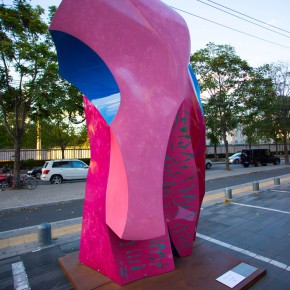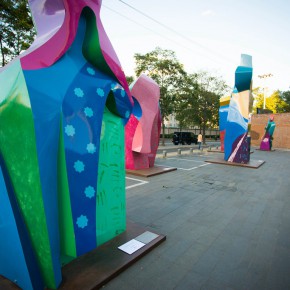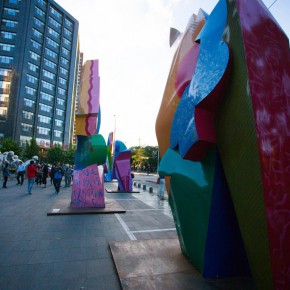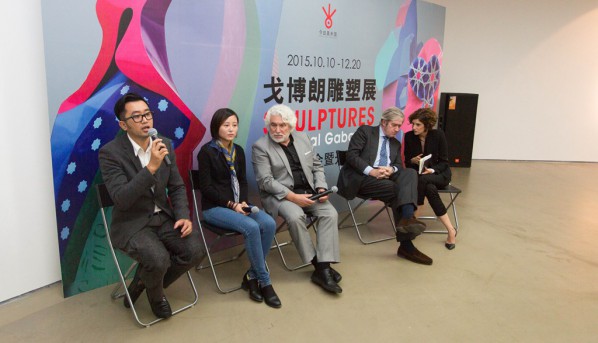
On October 9, 2015, “Cristobal Gabarron Sculptures” opened at the Today Art Museum. This is the first solo exhibition in Beijing of the artist Cristobal Gabarron. Held from October 9 to December 20, visitors will be able to enjoy the powerful and vibrating color of this Mediterranean artist.
Gabarron’s Monumental Sculptures are the first Monumental group of sculptures by a western artist to be displayed to a Beijing audience in a Public Museum. The Spanish master reunites painting and sculpture in a single art piece, his bright colors are infinite and his shapes are endless, his art brings the Mediterranean Sea closer to the audience, its nature, its skies, and its light…
Curated by the thinker Sami Na?r: “The Alhambra sculpture group that he now presents to us is evidence that every artist who is aware of the mysteries of the artistic creation knows what he must do: that is to say, the imperative necessity of not copying or loyally reproducing, but completely and wholly recreating the work chosen as a pretext. That is because the real artist knows only innovation, innovation that breaks away from what was, knowing that all will be overcome in the future by what will be created. André Malraux said that there was only one main difference between Picasso and Leonardo da Vinci: if Picasso were to see one of Da Vinci’s works, he would understand it; however, it is not likely –in fact it is quite improbable– that Da Vinci would be able to understand one of Picasso’s works. Times have changed, the conceptual tools are no longer the same and representations have undergone a metamorphosis.”
In the words of art philosopher Alfredo Mateos Paramio: “Cristobal Gabarron has erected sixteen sculptures to the Alhambra, Al Hambra, la Roja(‘the red palace’), sixteen towers in homage that surround an invisible palace, like the shaded ring the Turkish turtle doves wear in our parks. Splendid watchtowers in which a Mediterranean palette burns and whose surfaces do not cease to be imbued with a living memory: the Alhambra of our shared memory, the Alhambra of the artist’s youthful wanderings.
Cristobal Gabarron’s beginnings as a painter, as is the case of Pol Bury and Donald Judd, grant him a different perspective as a sculptor. Matisse’s claim that color is the constituent element of the pictorial space, this expressionism applied abundantly in his canvases, is developed in three dimensions in these sculptures. The stains of color spread over the edges of the sculpture, contaminating its angles, blurring its openings, and in short, deforming from within the planes on which it is established. Architects like Luis Barragán and Antonio Gaudí had applied the Mediterranean brightness to their works earlier, but without subverting the boundaries between planes. Just like that red blouse that the poet Ibn Hazm saw, here is color that finally constitutes the volumes of these sculptures. The blue shadows of Granada’s noon, the greens of its orchards, the earthy yellows and those pinks and reds that provide depth– as Kandinsky stated–as well as the most flayed of surfaces.”
Translated by Chen Peihua and edited by Sue, Photo by Yang Yanyuan/CAFA ART INFO


